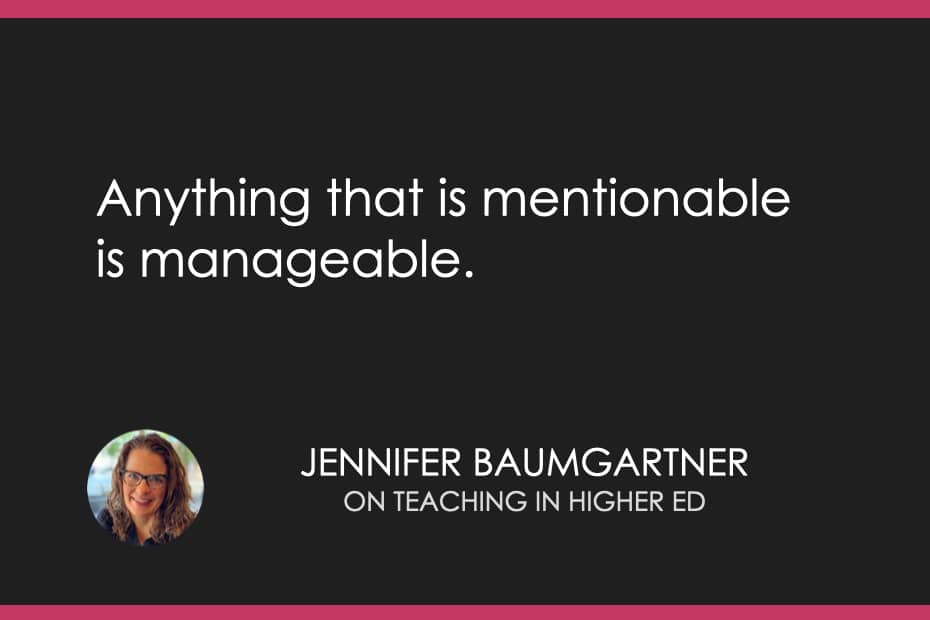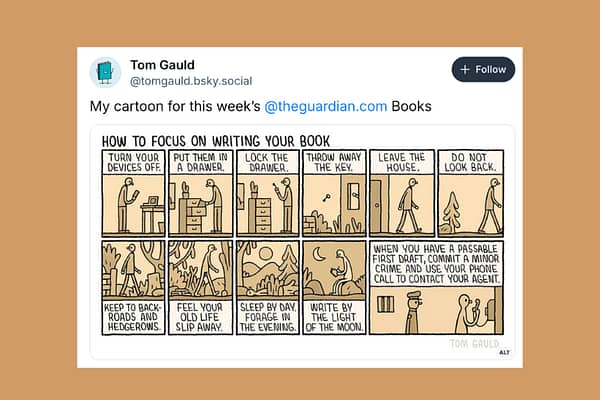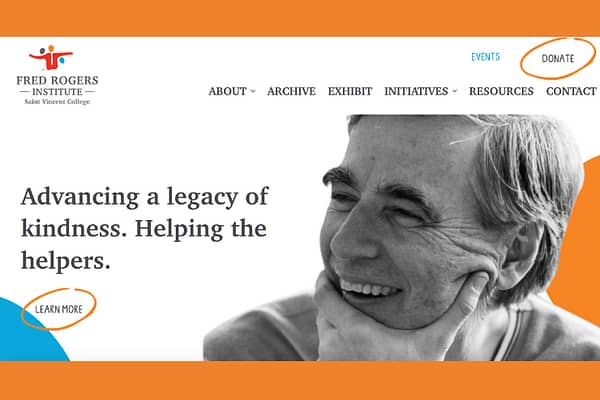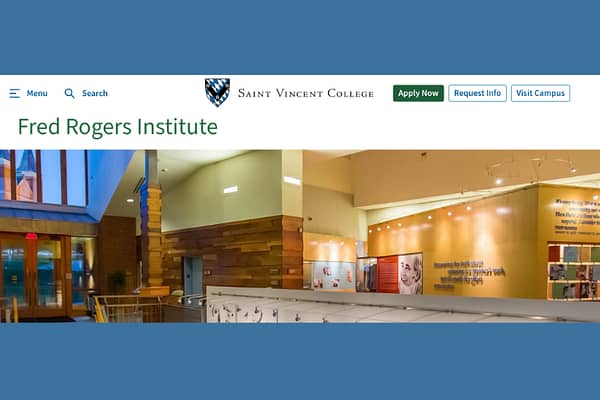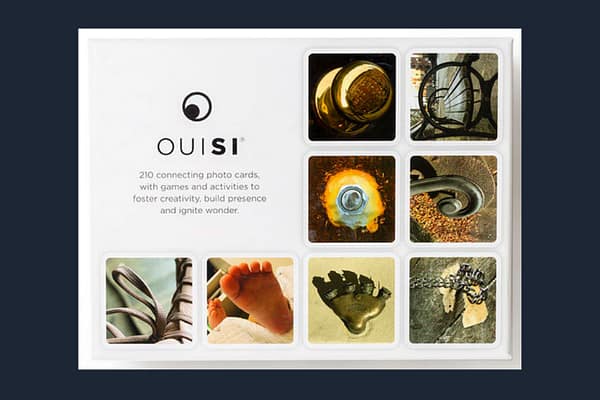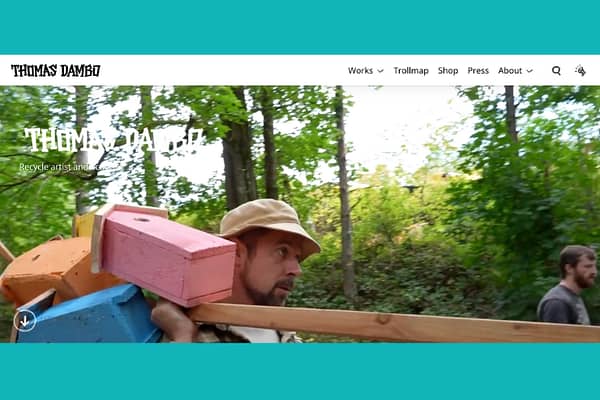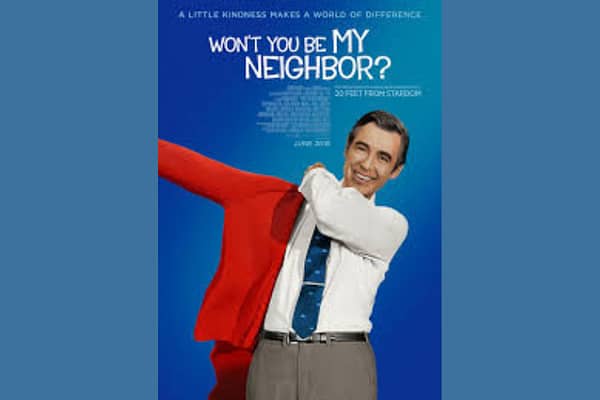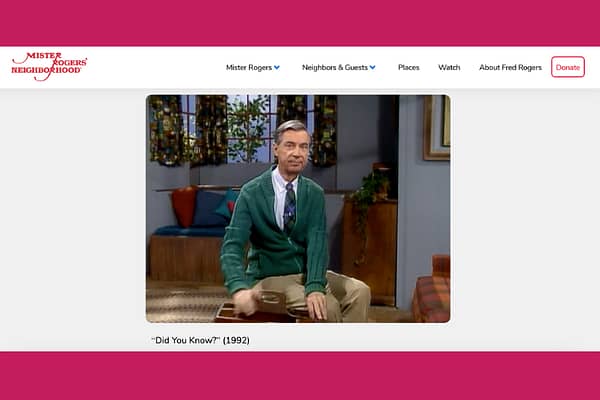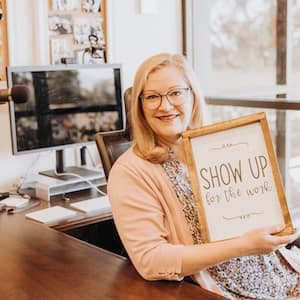Jennifer Baumgartner
Professor, Early Childhood Education and Faculty Chair of LSU's Communication across the Curriculum program
Dr. Jennifer Baumgartner is a professor of early childhood education at Louisiana State University, where she teaches in the PK-3 teacher certification and graduate programs. She serves as Faculty Chair of LSU’s Communication across the Curriculum program, helping faculty and students develop strong communication skills across disciplines. A dedicated educator, she integrates service-learning, communication-intensive instruction, and oral history methods into her courses on early childhood education, child development, theory, and stress in educational contexts.
Her research explores teacher stress, early childhood education, and oral history, with a focus on amplifying teachers' voices. She is the creator of the Louisiana Early Childhood Teacher Oral History Project, which documents the experiences of early childhood educators across the state. During the COVID-19 pandemic, she launched the Active Learning While Social Distancing crowdsourced document, shared nationally to help university instructors sustain engagement and active learning in distanced and online classrooms.
Jennifer was an Inquiry Educator Fellow in 2022-2023 with the Fred Rogers Institute in Latrobe, PA and continues to study and practice Fred Rogers’ educational philosophies. Her work explores how his approach to early childhood education can inform teaching today, emphasizing connection, communication, and the emotional well-being of teachers and students.
Beyond academia, Jennifer enjoys music, crafting, writing in notebooks, and is working on adding more inversions to her health-focused yoga practice. She is a wife and mother of three, and her family is actively involved in campus ministry, fostering community and mentorship among students. Whether in the classroom, research, or service, she is committed to enhancing learning environments and supporting educators in their professional and personal growth.
Bonni Stachowiak
Bonni Stachowiak is dean of teaching and learning and professor of business and management at Vanguard University. She hosts Teaching in Higher Ed, a weekly podcast on the art and science of teaching with over five million downloads. Bonni holds a doctorate in Organizational Leadership and speaks widely on teaching, curiosity, digital pedagogy, and leadership. She often joins her husband, Dave, on his Coaching for Leaders podcast.
